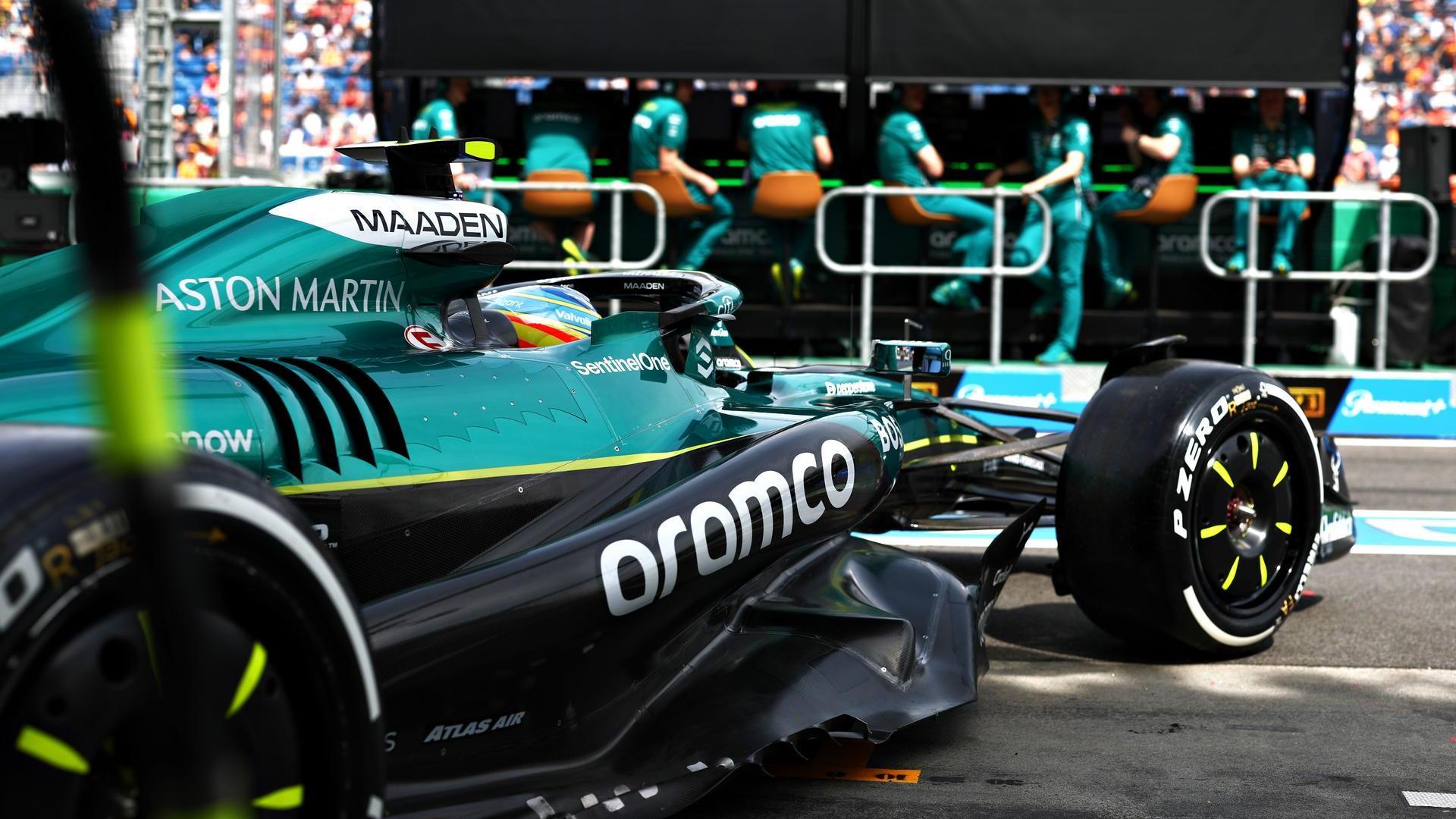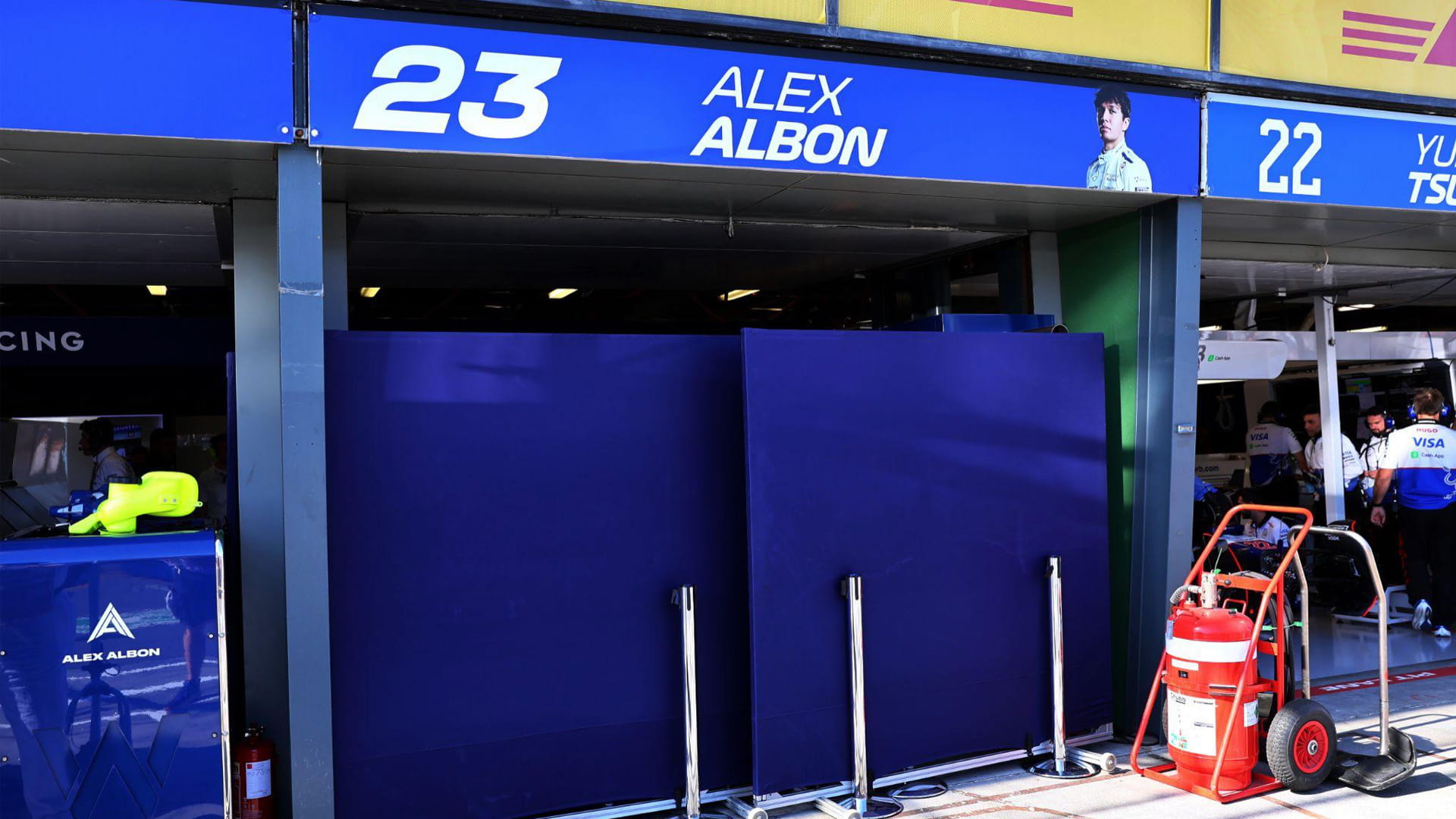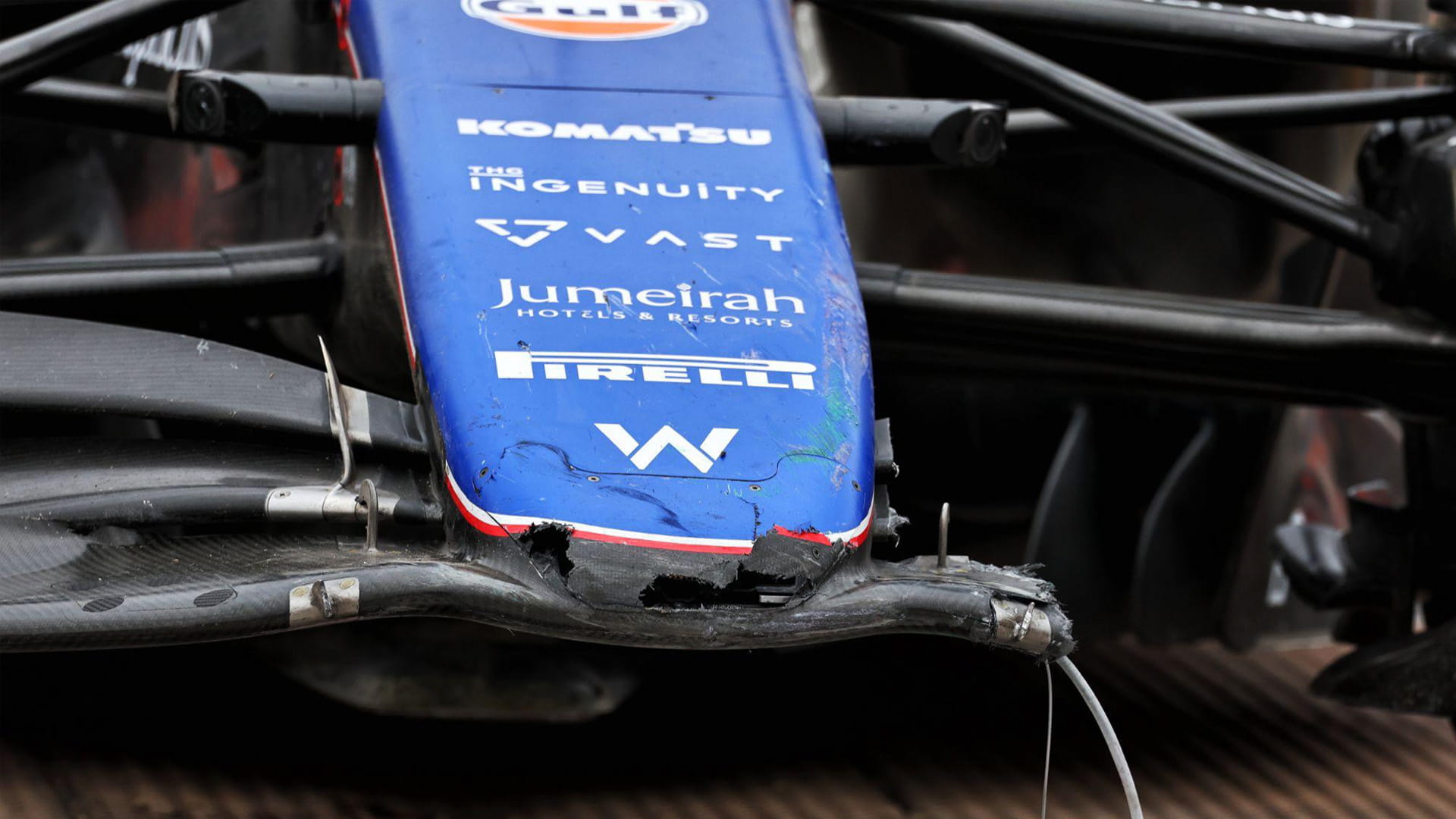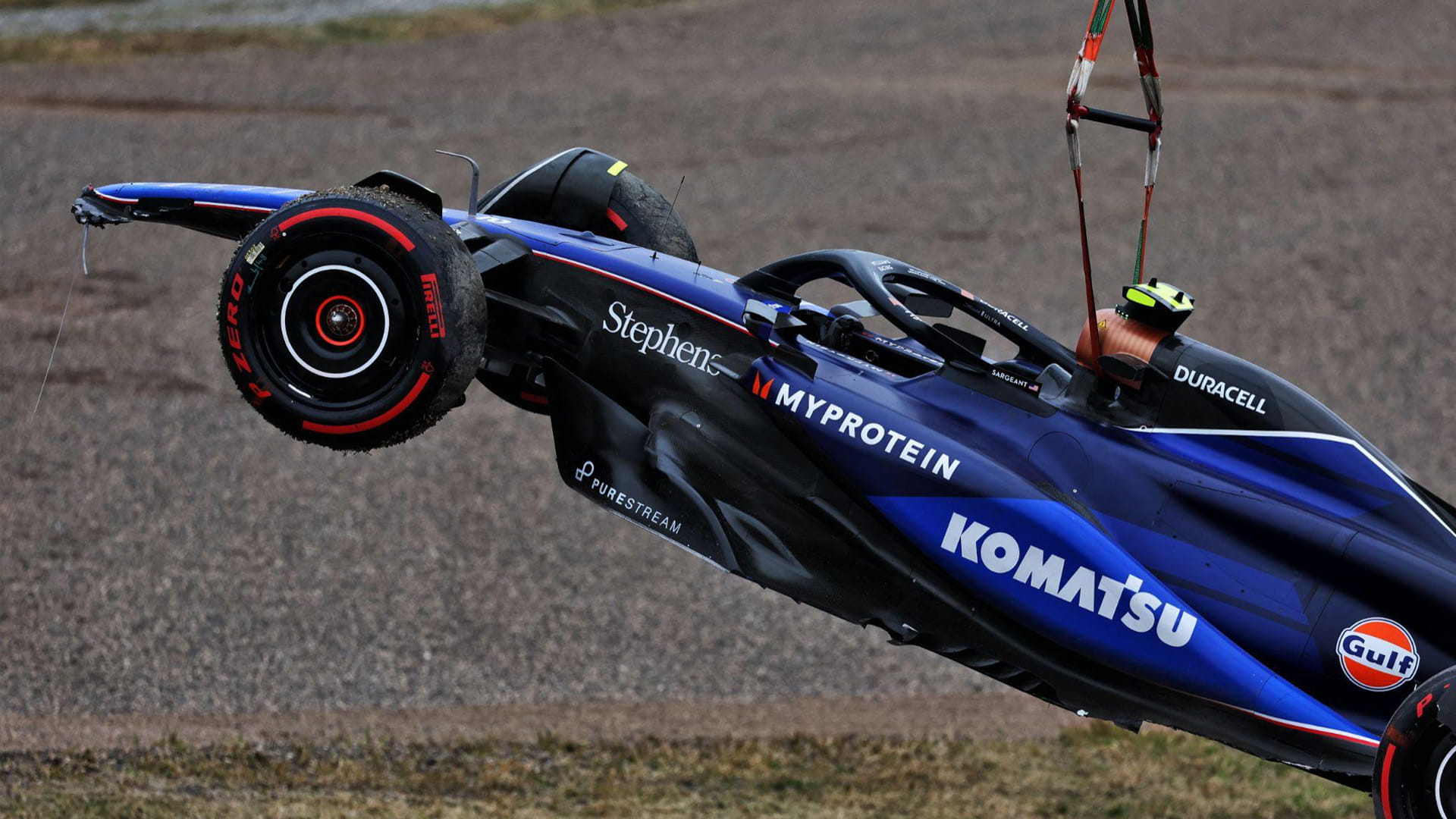Car
What happens to a damaged Formula 1 chassis after a crash?
by Scott Mitchell-Malm
5min read
/xpb_1300472_hires-(1).jpg?cx=0.52&cy=0.57)
What happens if your driver crashes twice in two weekends? Earlier this Formula 1 season, Williams had to contend with that unenviable task.

Sign up for a newsletter and we'll make sure you're fully up-to-date in the world of race technology
First, it was Alex Albon’s big crash in Australia, then his first-lap accident with Daniel Ricciardo in Japan. It is not exactly uncommon for F1 teams to enact off-site repair jobs between races, they are just usually less attention-grabbing because the team in question has a spare and isn’t facing a race against time to repair one of its only race chassis.
As Williams brought the topic front and centre, and team members yet again pushed through the pain to get a second damaged chassis sorted for the Chinese Grand Prix, there was no better time for team principal James Vowles to talk us through exactly what this kind of job entails: starting with the moment the mangled car gets back to the garage at the circuit.
What happens at the track?
When the chassis is returned to the pits, the first step is to strip it back – taking off the wheels and the nose – as the team doesn’t know the extent of the damage. G-force levels can be measured in the moment but there are often other visual cues on inspection: for example, the engine could be sitting at a different angle, the gearbox could be cracked or suspension members could be broken.Teams do have some telemetry from the accident, but they delve deeper by plugging a download cable into the car to extract more data. What the team is looking for here is information on ‘overloads’: how much force and energy went into each suspension member, for instance, or the forces that went through the gearbox.
The extra data answers whether or not certain components can be salvaged. With a limited number of gearboxes and engine components available for use over a season, teams will want to salvage as many as they can.

Williams erected garage barriers in Melbourne as it assessed the damage from Alex Albon’s crash

Damage to the nose of Logan Sargeant’s Williams' car after an FP1 crash at that Japanese GP.
What happens at the factory?
The damaged Albon chassis after Melbourne was repaired with a fix that added around 100 grams, and most of that was glue.
You'd be surprised how much we can turn what looks like a horrible mess of carbon into something actually quite usable.
James Vowles
, Williams team principal
What can be salvaged?

If too much force is applied to metal, the material is either wasted or recycled
Unfortunately for Williams, Logan Sargeant bowed out of the Miami Grand Prix prematurely after an accident with Haas's Kevin Magnussen, and the team suffered a double retirement in the 2024 Canadian Grand Prix – adding even more work for the team trackside and back at the factory.

.jpg?cx=0.5&cy=0.5)

/image-(2).jpg?cx=0.5&cy=0.5)